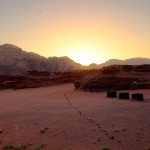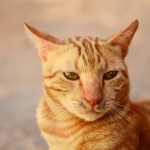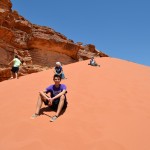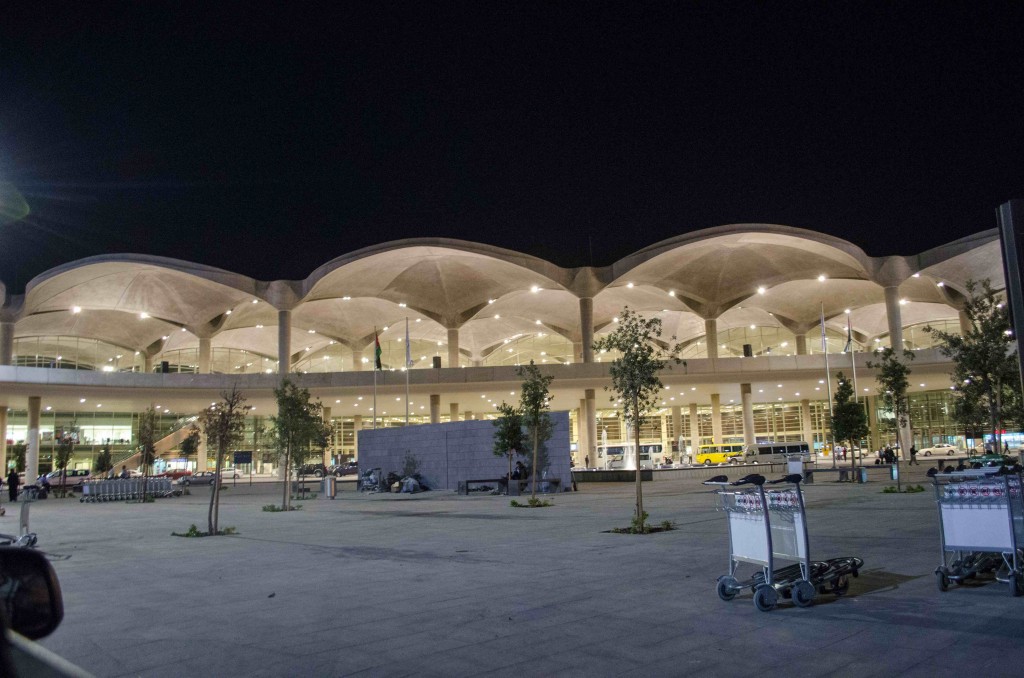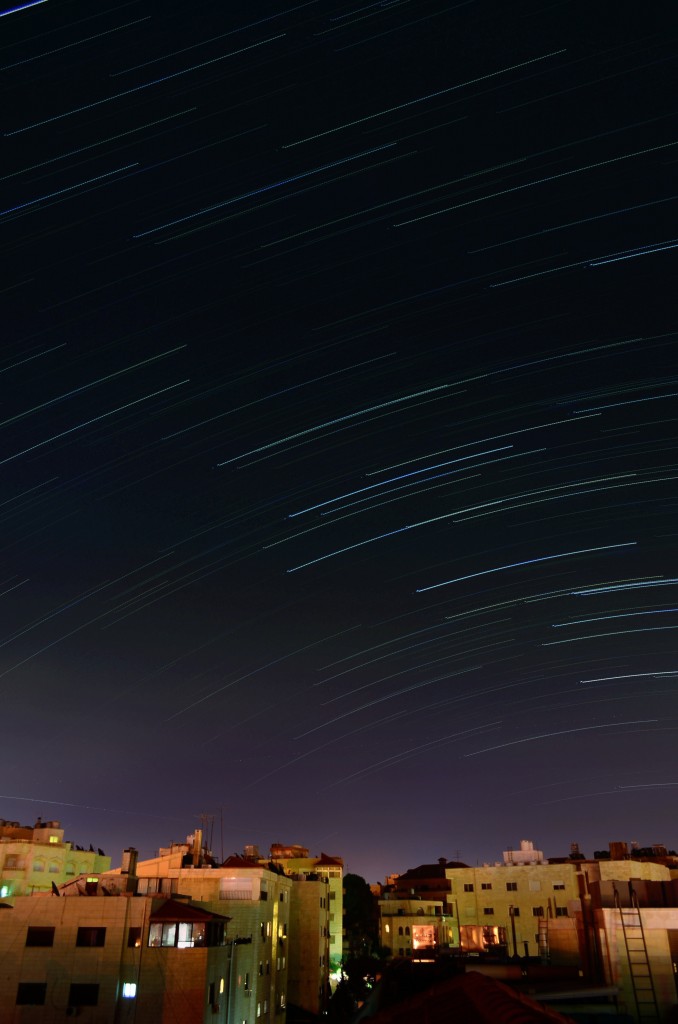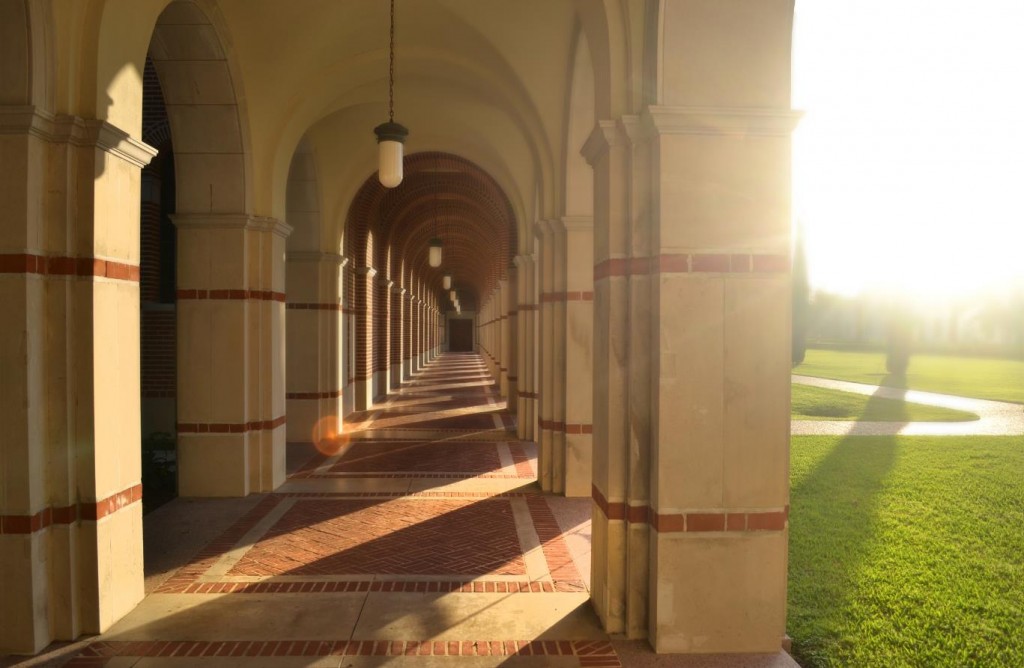After our excursion to Petra, Wadi Rum, and the Red Sea, the next best place to visit in Jordan is the Dead Sea.
All five of us Rice students: Alex, Valeria, Elliot, Max and myself, and two professors accompanying us: Prof. Awad and Prof. Narbona piled into the van and made the 45-minute hike to the Dead Sea, some 400 meters below sea level. However, we stopped by Mount Nebo, the place where Moses is said to have died, and also visited several historical museums and mosaic shops.
Mount Nebo provided an incredible view of the desert mountains surrounding the Dead Sea area, and even into Israel and the West Bank. Although there was a new basilica being built on the hilltop (complete with construction equipment and a vast tall crane) we still were awed by the beautiful (barren) landscape laid out before us and the shimmering, pale blue, barely visible Dead Sea nestled in the tan valleys and plains far off in the distance.
Getting to the Dead Sea around four in the afternoon, we quickly dropped our bags off in the beautiful Marriott hotel and put on our bathing suits.
Even though we had descended down an incredibly long and steep road from the top of Mount Nebo and the mountains around Amman, I was astounded when I walked out to the Marriott pools to see yet more stairs to reach the sea itself. No less eager, I climbed down some five flights of steps and took a good, up close look at the Dead Sea for myself.
The stairs opened up to a small outcove area on the rocky shore, and close by on the hills back up to the hotel were showers and towel areas. The sea itself had almost no waves or movement at all, and the sea and the mountains on the West Bank on the other far off shore were only shades of blues and grays. As I looked off towards the small settlements along the Dead Sea, I realized how the incredible heat concentrated in this region helps the sea maintain a high salinity.
At the top of the hill above the sea, there was a small stand with plastic shoes usually worn to protect one’s feet from the hot mud on the shore and also the sharp rock bed. I grabbed a pair and put them on. One thing I immediately noticed was that the water was quite warm, almost hot, and there was almost no water movement except occasional ripples across the surface of the sea.
What I had read so many times in books and seen in media really was true. You actually float without trying at all. It’s quite a strange feeling, almost as if you have a kickboard underneath your belly keeping you from sinking. Combine that with the strange thickness of the water, and my first swim in the Dead Sea made for an experience unlike any other.



